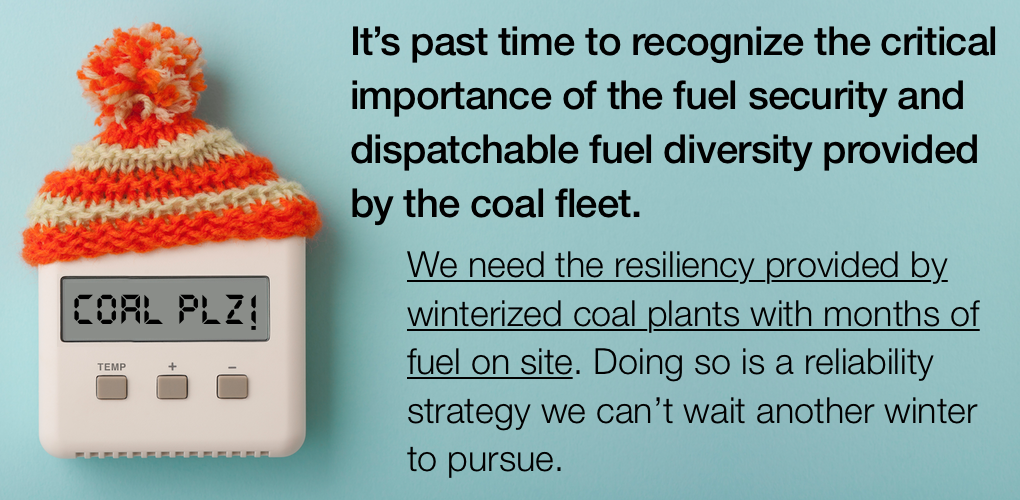
Surging Power Demand Adds to Winter Reliability Woes
New analysis sees U.S. peak power demand jumping a stunning 166 gigawatts (GW) in the next five years. The surge in new demand comes overwhelming from data centers. To put this new demand into perspective, the jump is equivalent to 15 times the peak demand of New York City.
The estimate comes from Grid Strategies, a leading energy consultancy, that has now made three such forecasts since 2022. Their latest forecast marks a six-fold increase in projected demand in just the past three years.
This eye-popping demand growth is already showing signs of straining grids across the country. Jim Robb, president of the North American Electricity Reliability Corp. (NERC), the nation’s reliability watchdog, recently called the nation’s grid reliability a “five-alarm fire.” And NERC’s latest winter reliability assessment only adds to the concern.
According to the assessment, large swaths of the country – particularly states where data centers are growing fastest – could face electricity emergencies from severe winter storms.
A Winter Grid Crisis
Peak winter demand across the North American grid has jumped by 20 GWs in just a year, more than double the rate of increase in recent years. The increases “are most concentrated in the U.S., West, Southeast and mid-Atlantic areas … areas where a lot of data center development is occurring,” said Mark Olson, NERC manager of reliability assessments.
While new capacity has been added to grids across the country, what generation grid operators can expect to get from renewables in key regions has actually fallen. Downgrades in potential generation from wind and solar and the likelihood of crippling weather conditions have NERC deeply concerned.
Based on learned experience and new modelling, the amount of power grid operators can expect from wind generation during peak storm hours has been revised down by 14 GW, with most of the reduction coming in the Midwest and Texas.
Natural gas generation is also vulnerable this winter. Along with concerns about pipelines and distribution systems freezing during bitter cold, the duel demand on gas for both heating and power generation presents its own challenges. Heating needs have priority over power generation during severe storms and peak demand, at times leaving gas power plants without fuel.
“All this tells us that we have a tightening of reserves as demand escalates and resources aren’t quite keeping pace,” NERC’s Olson said.
The coal fleet will be critically important to keeping the lights on and shielding consumers from price spikes this winter. Again and again during winter emergencies, on grids across the country, coal generation has surged power when other sources of electricity haven’t been able to.
Fuel-secure, dispatchable coal generation will be a reliability backstop this winter, and for years to come as the challenges of meeting spiking demand and doing so reliably and affordably only mount. Keeping essential coal capacity on the grid – and getting even more out of it – isn’t just smart policy, it’s increasingly a necessity.
- On November 19, 2025
